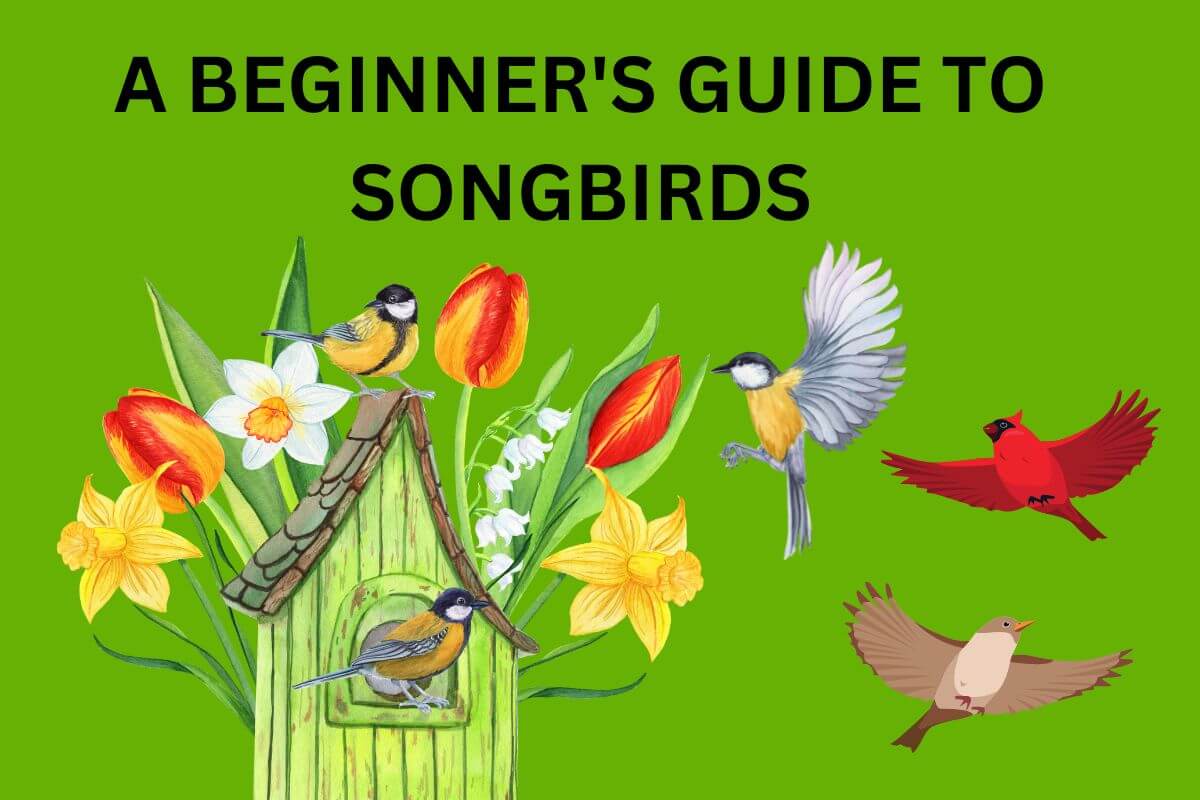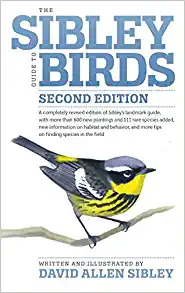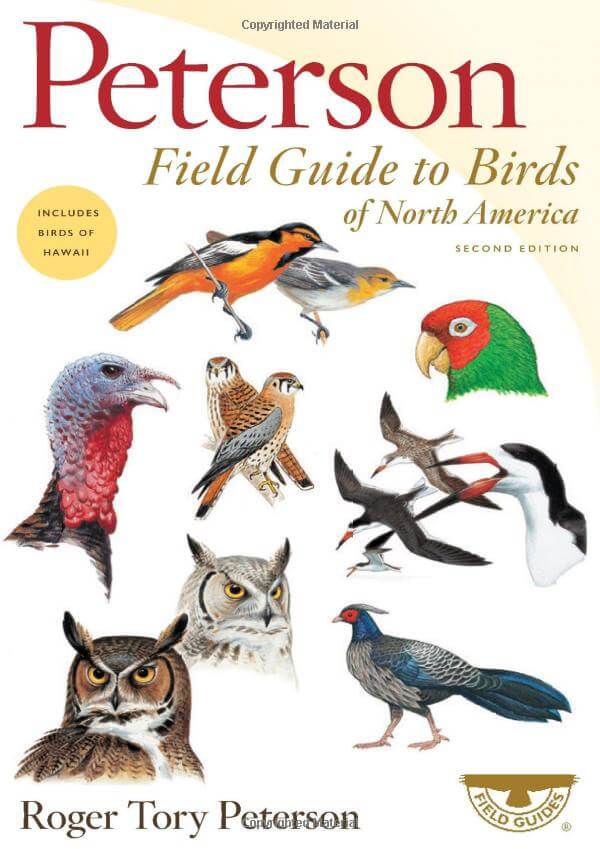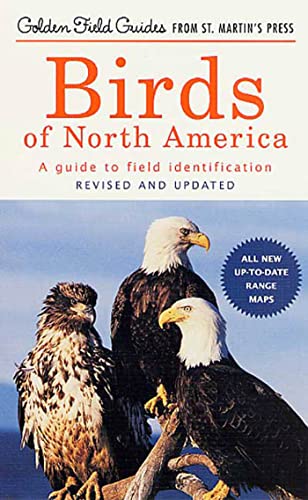Background On Songbirds
Songbirds are a diverse group of small to medium-sized backyard birds known for their melodious singing. They are popular among avian enthusiasts and are kept as pets or bred for their beautiful singing voices.
Before raising songbirds, research their specific care requirements and ensure you provide them with suitable habitats and a proper diet.
1. Taxonomy and classification
Songbirds belong to the order Passeriformes, which includes over half of all bird species and are further classified into suborders, the suboscines, and the oscines.
The oscines are distributed worldwide and contain over 5,000 species, including familiar songbirds such as finches, thrushes, and warblers.
2. Physical characteristics
Songbirds are small to medium-sized birds ranging from 4 to 12 inches. They have a variety of beak shapes and sizes, depending on their diet, and most species have brightly colored plumage.
3. Geographic distribution
Songbirds are found in almost every habitat worldwide, except for the polar regions and some oceanic islands.
They have adapted to diverse environments such as forests, grasslands, deserts, and wetlands and are known for their ability to migrate long distances.
4. Ecological importance
Songbirds play a crucial role in maintaining the ecological balance of their habitats as they help in seed dispersal, insect control, and pollination.
They are also an essential food source for many predators and contribute to the overall biodiversity of their ecosystems.
Songbird Behavior
Songbirds are social creatures that thrive in flocks and enjoy interacting with each other. They require plenty of mental and physical stimulation, and their behavior is greatly influenced by their environment, diet, and level of social interaction.
1. Singing behavior and communication
Songbirds are known for their complex and melodic songs, which they use to communicate with each other, attract mates, and defend their territory.
They have a well-developed syrinx, which allows them to produce a wide variety of sounds, and many species imitate other birds and even some human-made sounds.
Before raising songbirds, research their specific behavioral needs and ensure you provide them with a stimulating and enriching environment.
Click the images below to learn more:
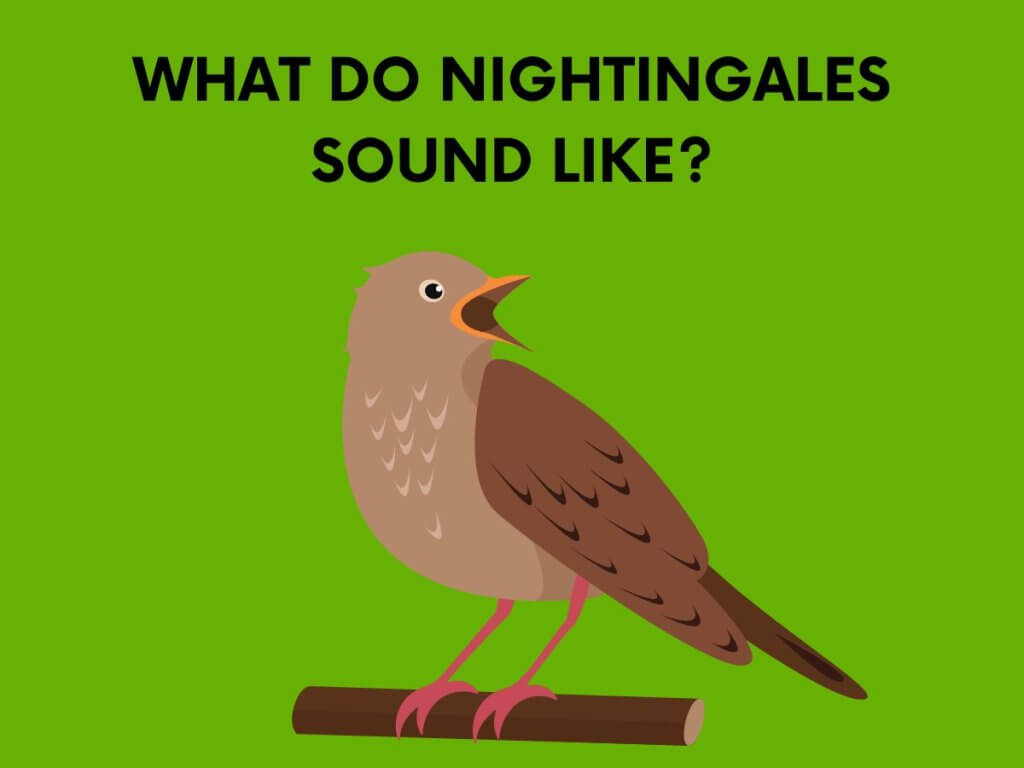
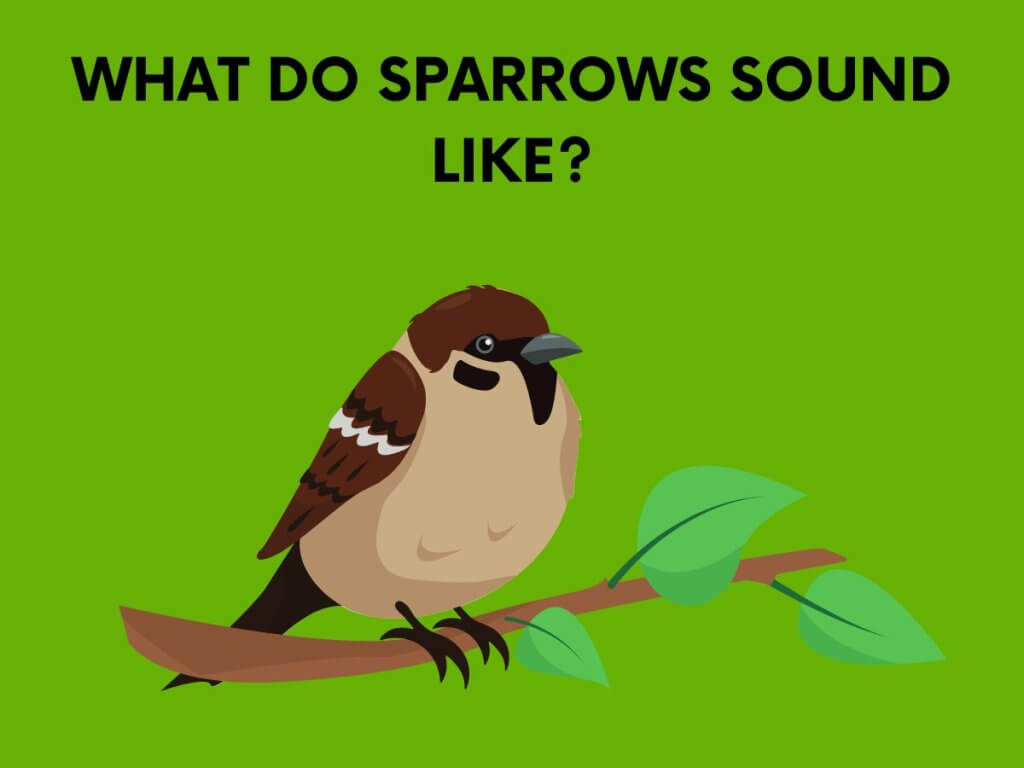


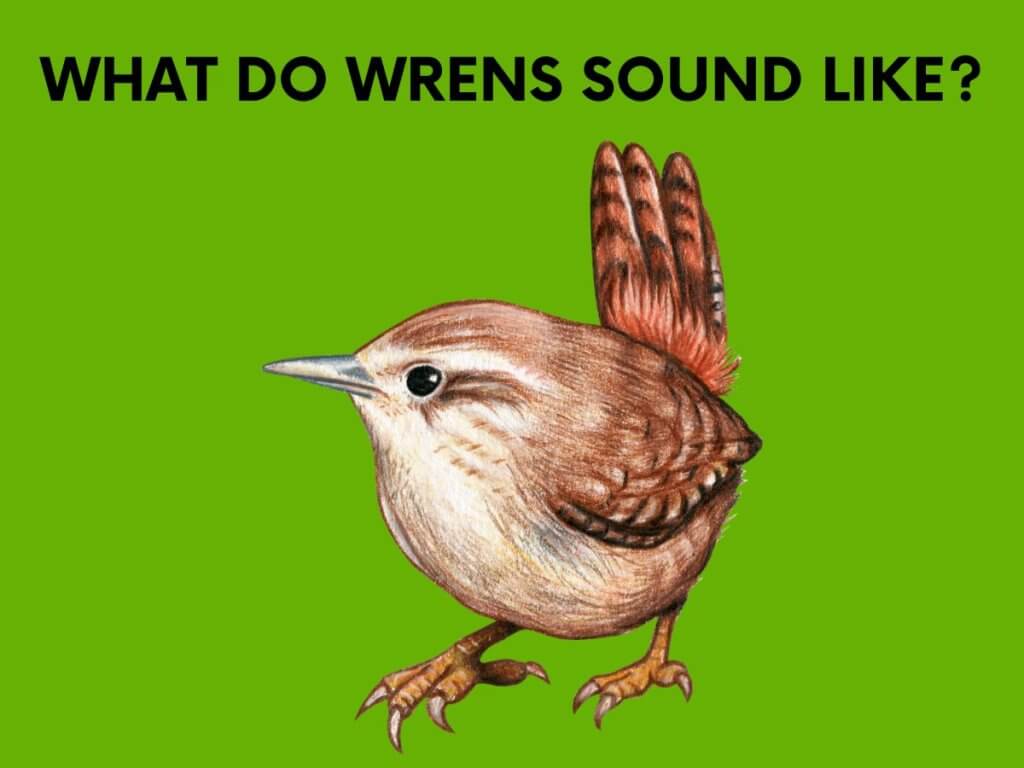

2. Feeding behavior and diet
Songbirds have a diverse diet, depending on their species and habitat, and mainly feed on insects, seeds, fruits, and nectar.
They have adapted various feeding behaviors such as gleaning, probing, pecking, and hovering, and some species store food for later consumption.
3. Breeding behavior and reproduction
Songbirds typically breed during the spring and summer, and many species form monogamous pairs for the breeding season.
They build intricate nests and lay small, speckled eggs, which the female incubates for 10 to 20 days.
The chicks are born altricial, meaning they are helpless and dependent on their parents for food and care, and they fledge after a few weeks.
4. Social behavior and flocking
Songbirds are social creatures that exhibit various social behaviors, from living solitarily to gathering in large flocks. Many species form monogamous pairs during the breeding season; some live in communal groups year-round.
They use various forms of communication and body language to interact with each other and establish social hierarchies.
Biology of Songbirds
1. Anatomy and physiology
Songbirds have a highly specialized anatomy that enables them to fly, sing, and interact with their environment.
They have well-developed respiratory and circulatory systems, specialized vocal organs, and keen eyesight and hearing.
2. Metabolism and energy expenditure
Songbirds have high metabolic rates and energy requirements due to their active lifestyles, complex vocalizations, and migratory behaviors.
They have specialized adaptations for efficient energy utilization, such as enlarged hearts, efficient respiratory systems, and the ability to switch between fat and carbohydrate metabolism during prolonged flights.
3. Migration and navigation
Many songbirds migrate long distances between their breeding and wintering grounds, relying on celestial cues, magnetic fields, and olfactory cues to navigate.
They also use environmental landmarks and can memorize and recognize specific locations along their migratory route.
4. Life cycle and lifespan
Songbirds have a relatively short lifespan, with most wild species living for just a few years.
They typically breed during the spring and summer months, lay small, speckled eggs, and care for their young until they fledge and become independent.
Health and Feeding of Songbirds
The health and feeding of songbirds are crucial for their survival and well-being and require careful attention to their dietary needs, hygiene, and environmental conditions.
Providing a balanced and varied diet, clean water, and a clean and stimulating environment maintains the health and vitality of pet songbirds.
1. Choosing the right feeder
When choosing a feeder for songbirds, consider which species you wish to attract, the type of food you want to offer, and the size and design of the feeder.
Different types of feeders and food attract different species of songbirds, and some bird feeders are designed to deter unwanted visitors like squirrels or larger birds.
2. Selecting the right food
Selecting the right food for songbirds depends on the species of bird you are trying to attract and their dietary needs.
Providing a balanced and varied diet that includes high-quality seeds, insects, and fruits ensures the health and vitality of pet songbirds.
3. Maintaining the feeding station
Maintaining the feeding station for songbirds is essential for their health and hygiene. Regular cleaning of the feeder, water source, and surrounding area prevents the spread of disease and ensures that the birds have access to clean and safe food and water.
4. Providing nesting materials and habitat
Providing nesting materials and suitable habitats attracts songbirds and supports their breeding success.
Nesting boxes, natural vegetation, and supplemental materials like grasses, twigs, and feathers provide useful nesting resources for different species of songbirds.
Click the images below to learn more:
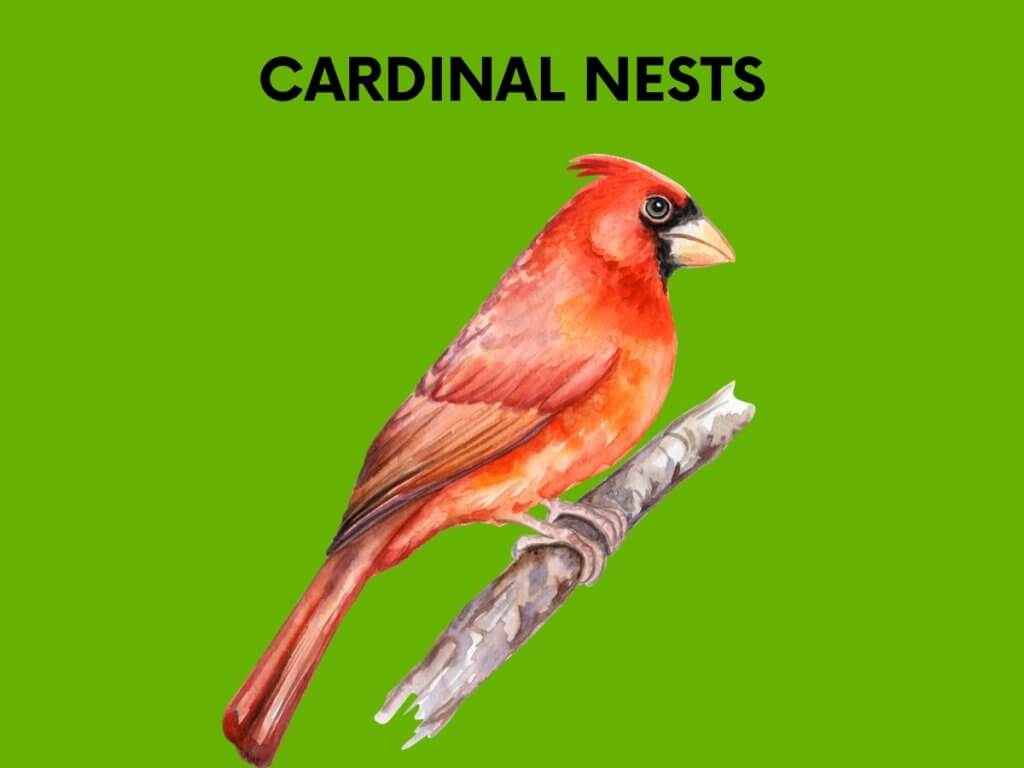


5. Common health issues and how to prevent them
Common health issues in songbirds include respiratory infections, parasites, and nutritional deficiencies.
Preventive measures such as providing a clean and stimulating environment, a balanced and varied diet, and regular veterinary check-ups maintain the health and well-being of pet songbirds.
Basics of Keeping Songbirds
The basics of keeping songbirds for the first time include providing appropriate food and housing, offering a clean and stimulating environment, and regularly monitoring their health and behavior.
Research the specific needs of the songbird species you are keeping to ensure their proper care and well-being.
1. Size and weight
Songbirds vary in size and weight depending on the species, with the smallest species weighing only a few grams (the Bee Hummingbird) and the largest weighing up to 100 grams (starlings and thrushes).
On average, songbirds range from 10 to 30 grams (0.3 to 1 ounce) in weight and 10 to 30 centimeters (4 to 12 inches) in length.
2. Habitat and environment
Songbirds are found in various habitats, including forests, grasslands, deserts, and wetlands.
They are also very adaptable to urban environments, where they are found in parks, gardens, and other green spaces.
3. Lifespan and life cycle
A songbird’s lifespan depends on its species: some live a few years, while others survive for a decade or more.
Their life cycle typically includes courtship and mating, egg-laying, incubation, and raising young.
4. Unique characteristics
One characteristic of songbirds is their ability to learn and produce complex vocalizations, which they use for communication and mate attraction.
They also have a unique toe arrangement called anisodactyly, which allows them to perch and climb with great dexterity.
Types of Songbirds
Over 5,000 species of songbirds belong to the order Passeriformes, making it the largest bird order.
Songbirds are classified into several families based on their physical characteristics, vocalizations, and habitat preferences.
Click the images below to learn more:
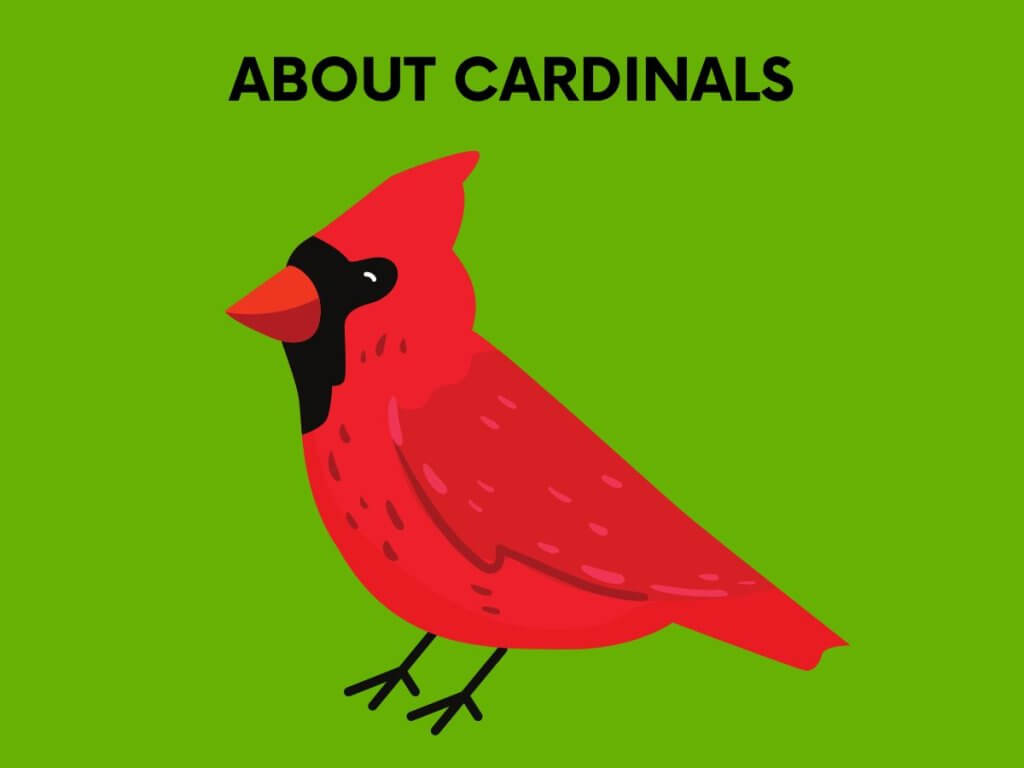

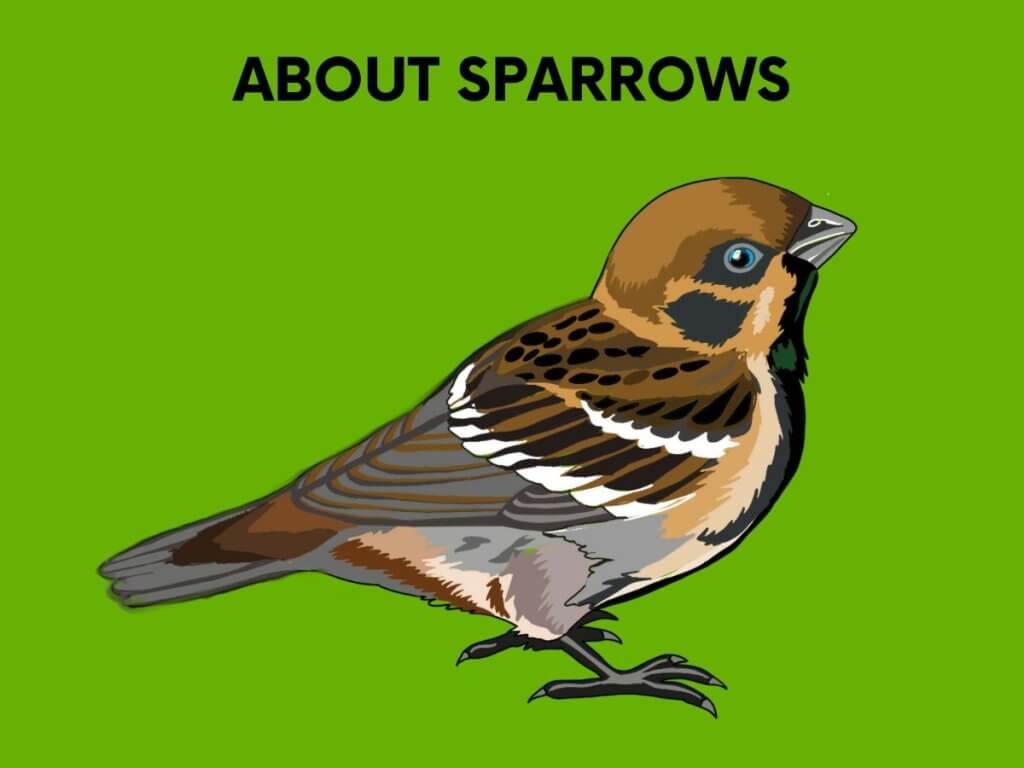
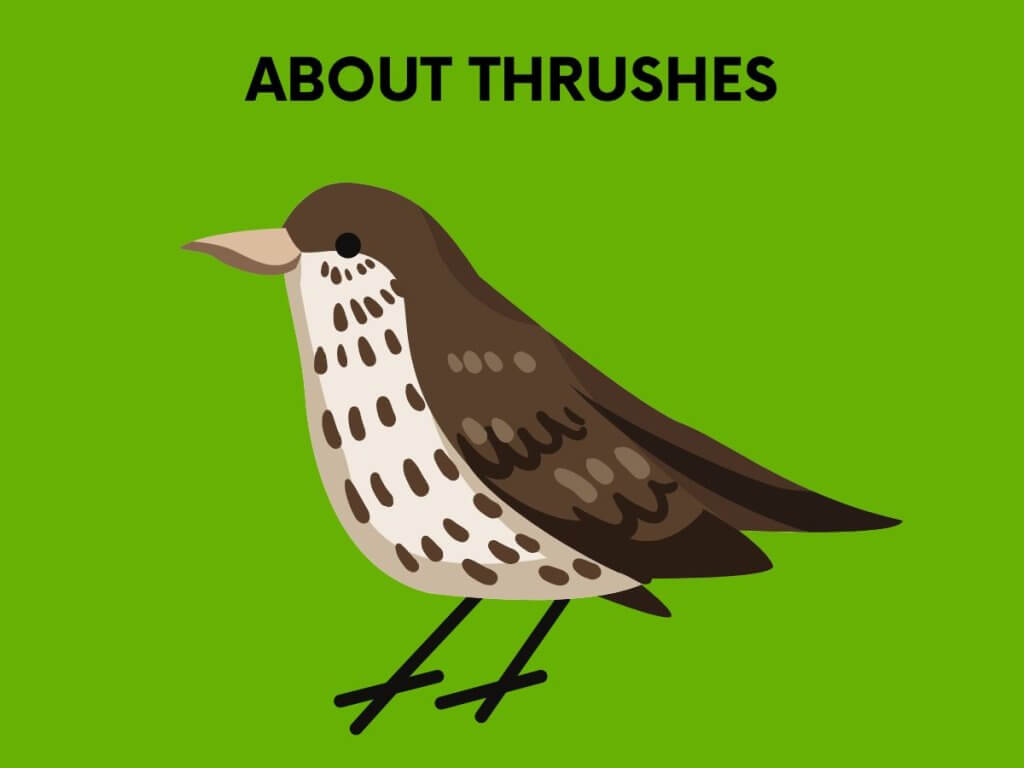
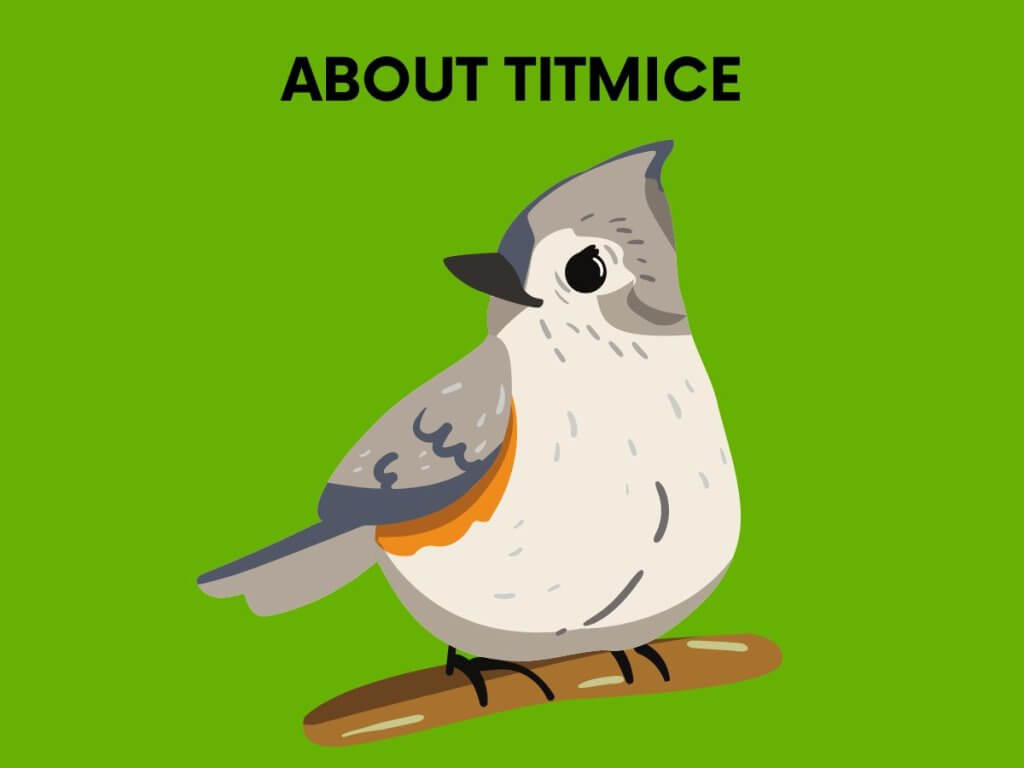
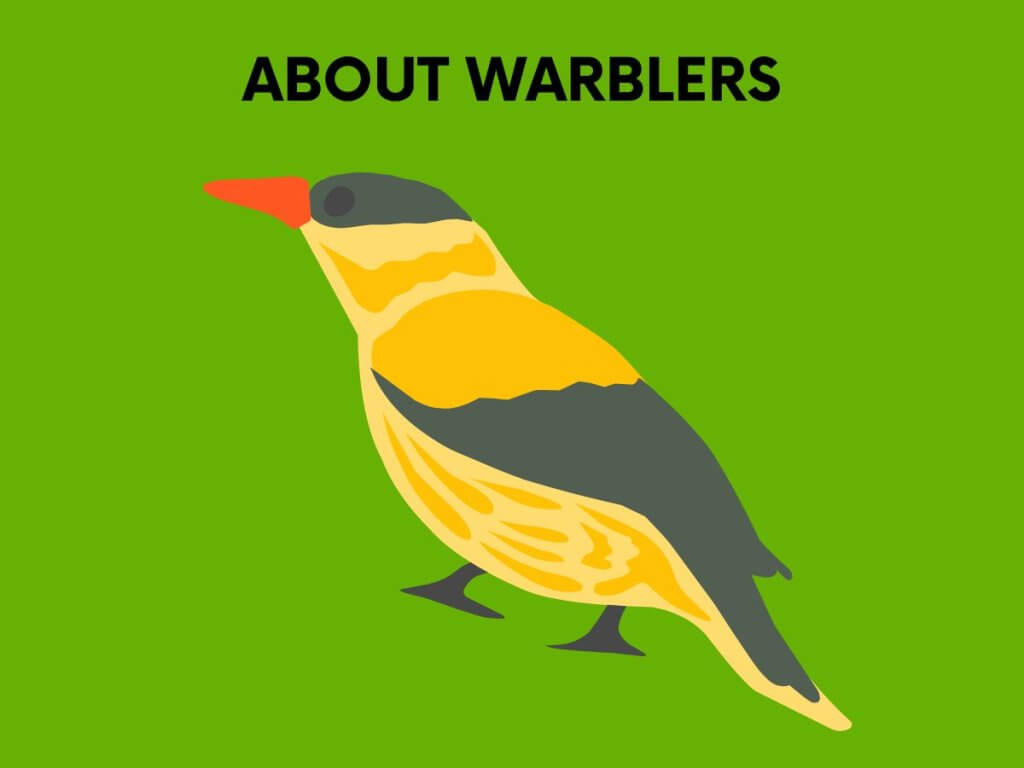
More species and subspecies
There are many other types of songbirds, including but not limited to wrens, bluebirds, chickadees, jays, mockingbirds, orioles, tanagers, and vireos.
Books to Read about Songbirds
If you want to learn more about songbirds, many great books on ornithology are available to explore their fascinating world.
From field guides to comprehensive references, these books offer insights into these beloved avian species’ behavior, biology, and conservation.
1. The Sibley Guide to Birds by David Allen Sibley
The Sibley Guide to Birds by David Allen Sibley is a comprehensive guide to the identification and behavior of North American birds. The book features detailed illustrations of over 810 species, along with descriptions of their songs, behavior, and preferred habitats.
This guide is a must-have for novice and experienced birdwatchers.
2. The Peterson Field Guide to Birds of North America by Roger Tory Peterson
The Peterson Field Guide to Birds of North America by Roger Tory Peterson is a classic guidebook for birdwatchers, featuring detailed illustrations and concise descriptions of over 800 bird species.
The guide is organized by bird families and includes maps of bird habitats and their ranges. This is a must-have book for any bird enthusiast, whether a beginner or an experienced birder.
3. Birds of North America: A Guide to Field Identification by Chandler S. Robbins
Birds of North America: A Guide to Field Identification by Chandler S. Robbins is a comprehensive guidebook covering over 800 species.
The book features detailed descriptions of each bird’s physical characteristics, behavior, and habitat, accompanied by beautiful illustrations and range maps. It’s an excellent resource for both novice and experienced birdwatchers alike.
4. Other recommended books
Three other recommended books on songbirds are:
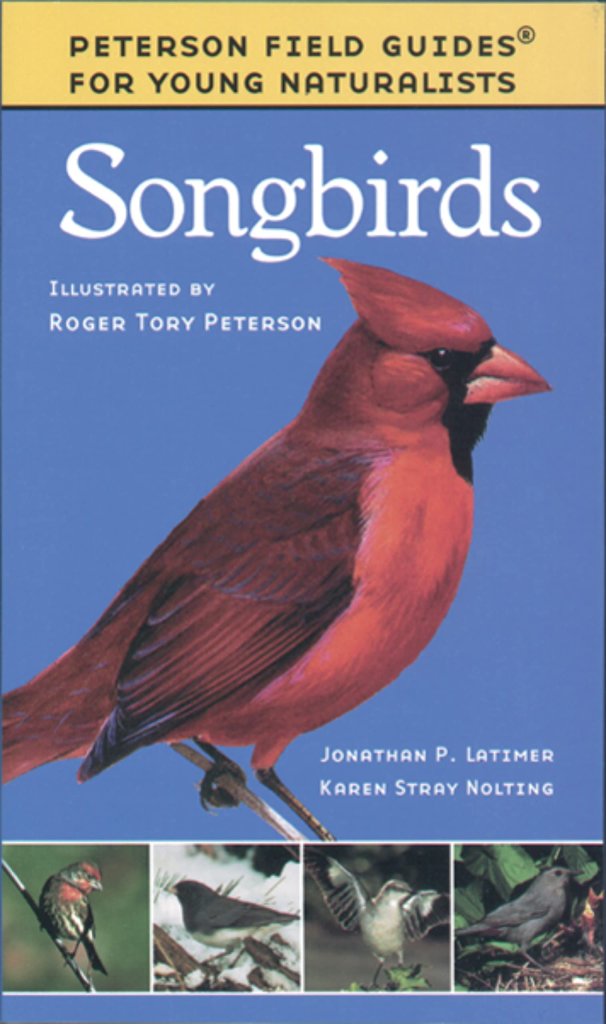
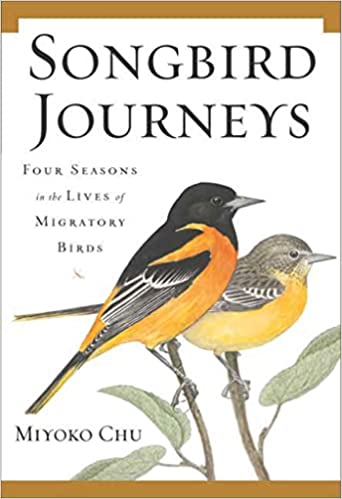
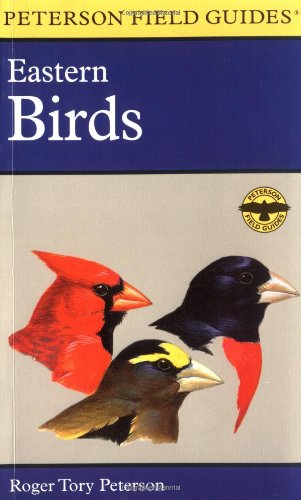
Choosing the Right Breed of Songbird
Choosing the right breed of songbird is a rewarding and enjoyable experience for bird enthusiasts.
However, it requires careful consideration of various factors such as the bird’s natural habitat, singing abilities, temperament, and care requirements.
1. Factors to consider when choosing a breed
When choosing a breed of songbird, you should consider:
- the bird’s natural habitat and diet
- singing ability and frequency
- temperament and sociability
- the level of care and attention it requires to maintain its health and well-being
Also, ensure the species is legal to own in your area and obtained through ethical means.
2. Differences in behavior and habitat
Songbirds exhibit a wide range of behaviors and habitats, with some species being highly migratory and others being sedentary. Some prefer open grasslands, while others inhabit dense forests.
A combination of factors such as feeding habits, breeding strategies, and environmental preferences often determines these differences.
3. Unique characteristics of each breed
The Northern Cardinal has a distinctive crest on its head, a powerful beak, and bright red plumage on the male. The American Goldfinch is small and yellow, with black wings and tail, and is known for its cheerful, undulating flight and cheerful song.
The Eastern Bluebird is a kind of thrush with a bright blue back and rusty-red breast, and it’s known for its gentle, warbling song. The House Finch has brown streaks on its back and belly, the male has a bright red cap and throat, and the female has a brownish-red head.
Some common traits among songbirds include having a complex vocal repertoire for communication and mating, a highly developed syrinx (the vocal organ), and a diet that usually consists of insects and fruits.
4. Matching the breed to your backyard environment
To match the species of a songbird to your backyard environment, consider the habitat, food, and water sources available in your area.
Some songbirds prefer open grassy areas, while others prefer forests or brushy areas.
Provide food sources such as seed, suet, and fruit, and consider adding a bird bath or fountain for water.
Conservation of Songbirds
Songbird conservation is crucial to maintaining our planet’s ecological balance and biodiversity.
With their musical voices and vibrant colors, songbirds have a vital role in pollination and seed dispersal, making them significant indicators of the health of ecosystems.
1. Threats and challenges facing songbirds
Songbirds face numerous threats and challenges, including habitat loss and degradation, climate change, pollution, hunting, predation, and competition from non-native species.
These factors lead to population declines and even extinction, making conservation efforts all the more critical.
2. Efforts to protect and conserve songbirds
Efforts to preserve and conserve songbirds include creating and restoring habitats, promoting responsible pet ownership, supporting legislation and policies safeguarding songbirds, and educating the public about the importance of conservation and responsible birdwatching practices.
Additionally, research on songbirds and their habitats is vital for developing effective conservation strategies.
3. Citizen science and community engagement
Citizen science and community engagement contribute to the conservation of songbirds by increasing public awareness, collecting valuable data on songbird populations and behavior, and involving individuals in conservation efforts.
Through these efforts, citizens can become active participants in the conservation process, helping to protect and preserve these important species.
4. Opportunities for individuals to help
Individuals can help with the conservation of songbirds by participating in citizen science programs, supporting conservation organizations and policies, volunteering for bird banding or habitat restoration projects, using bird-friendly products and practices in their homes and gardens, and educating others about the importance of songbird conservation.
Further Aspects And Advice About Songbirds
In conclusion, learning about songbirds is a rewarding and fulfilling hobby. By familiarizing yourself with bird identification techniques, using resources such as field guides and bird ID apps like eBird, and studying the natural history of different species, you gain a deeper appreciation for the diversity of bird life around us.
Bird songs are a fascinating aspect of bird behavior. Listening to recordings and learning to identify different calls and songs adds a whole new level of enjoyment to birdwatching.
Backyard Help
When providing for songbirds in your backyard, optimal nesting boxes are a great way to support their breeding habits. Understanding migration patterns and food preferences also helps you attract various species to your feeders.
Whether you’re interested in woodpeckers, flycatchers, waterfowl, or the mournful coo of the mourning dove, there are endless opportunities to explore the world of songbirds in North America.
Resources like the Cornell Lab of Ornithology and expert naturalists like Noble S. Proctor provide a wealth of knowledge and guidance to help you understand and appreciate these incredible creatures.
So grab your bird guide and binoculars, and discover the fascinating world of songbirds.

